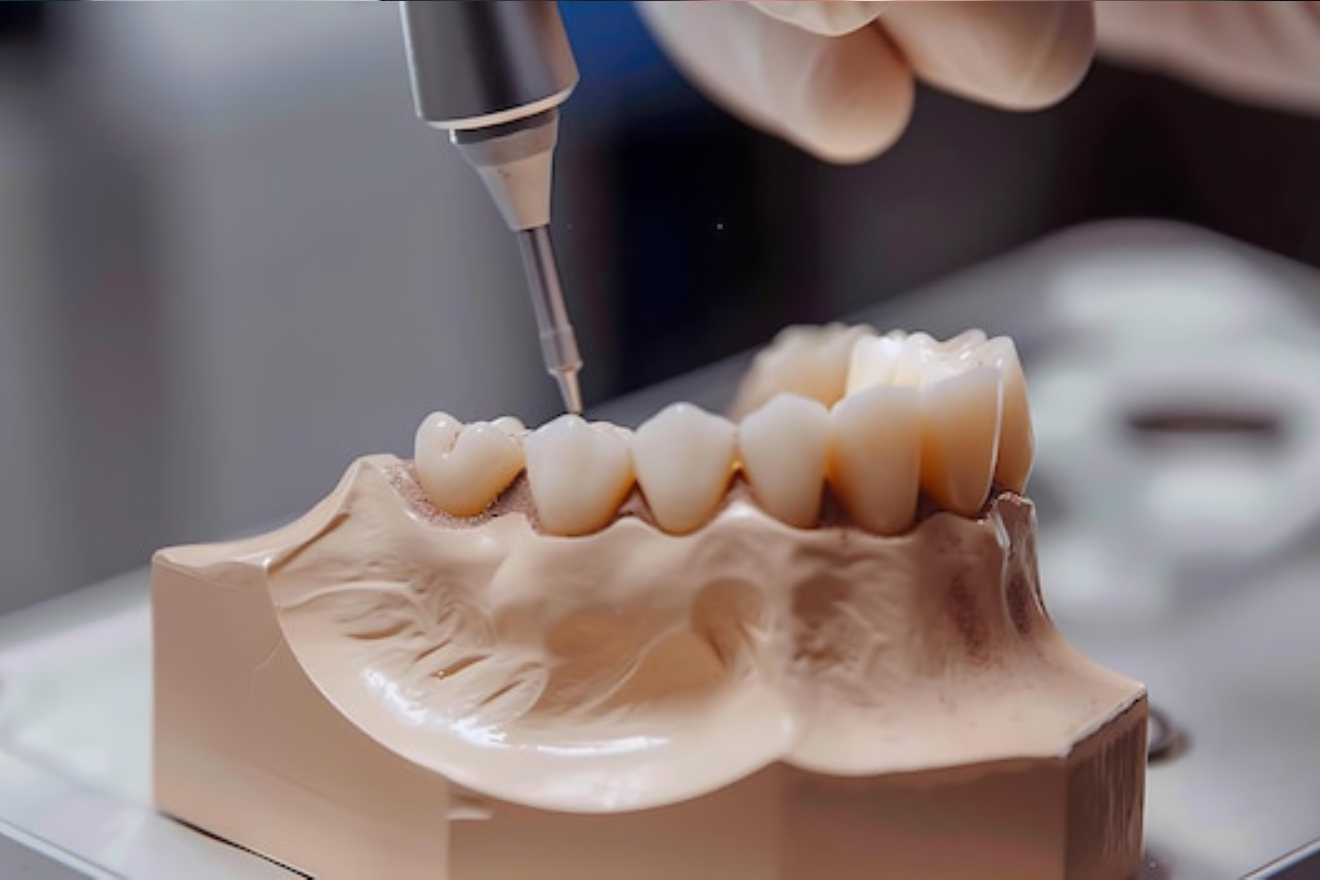In-Depth Guide to Dental Fillings
Dental fillings are a fundamental part of restorative dentistry, designed to repair and restore teeth affected by decay, damage, or wear. This procedure helps maintain the function and aesthetics of your teeth, ensuring a healthy and attractive smile. Here’s an extensive overview of what dental fillings involve, including types, the procedure, and aftercare.
Why Dental Fillings Are Necessary
- Decay Treatment: One of the most common reasons for dental fillings is to treat cavities caused by tooth decay. When bacteria in the mouth produce acids that erode tooth enamel, a filling helps to restore the tooth’s structure and prevent further decay.
- Damage Repair: Fillings can also address damage from accidents or wear and tear. For example, cracks or chips in teeth can be repaired with fillings to restore their function and appearance.
- Preventative Care: In some cases, fillings are used preventively to protect teeth that are at high risk of decay due to deep grooves or other factors.
Types of Dental Fillings
- Composite Fillings: These are tooth-colored materials made from a resin blend, offering a natural look that blends seamlessly with your existing teeth. Composite fillings are ideal for visible areas and provide durability for a range of dental issues.
- Amalgam Fillings: Made from a mixture of metals, including silver, mercury, tin, and copper, amalgam fillings are known for their strength and longevity. They are commonly used for back teeth due to their durability.
- Ceramic Fillings: These fillings, often made from porcelain, are highly durable and provide a natural appearance. They are more resistant to staining and are a good choice for visible teeth.
- Glass Ionomer Fillings: Made from a blend of glass and acrylic, glass ionomer fillings release fluoride, which helps protect the tooth from further decay. They are often used for fillings near the gum line or in areas that are not subject to heavy chewing pressure.
The Dental Filling Procedure
- Diagnosis and Treatment Planning: Your dentist will begin with a thorough examination, including X-rays if necessary, to assess the extent of decay or damage. Based on this evaluation, a suitable type of filling will be recommended.
- Tooth Preparation: The affected area of the tooth will be cleaned and prepared. This involves removing any decayed material and shaping the cavity to ensure a proper fit for the filling.
- Filling Placement: The chosen filling material will be applied to the prepared cavity. For composite fillings, the material is applied in layers and hardened with a special light. Once the filling is in place, the dentist will shape it to match the contours of the tooth and ensure a comfortable bite.
- Final Adjustments: After placing the filling, your dentist will make final adjustments to ensure that the filling is smooth and properly aligned with your bite.
Aftercare and Maintenance
- Oral Hygiene: Maintaining good oral hygiene is crucial to prolong the life of your fillings. Brush and floss regularly, and use fluoride toothpaste to strengthen your teeth and prevent further decay.
- Avoid Hard Foods: For the first 24 hours after receiving a filling, avoid hard or sticky foods that could damage the filling or cause discomfort.
- Regular Check-Ups: Regular dental check-ups are important to monitor the condition of your fillings and overall oral health. Your dentist will assess the integrity of the fillings and make any necessary adjustments.
Potential Complications
While dental fillings are generally safe and effective, some complications can occur, such as:
- Filling Sensitivity: Some patients may experience temporary sensitivity to hot or cold temperatures.
- Filling Wear: Over time, fillings can wear down or become loose, necessitating replacement or repair.
- Allergic Reactions: Though rare, some individuals may have allergic reactions to the materials used in fillings.
Conclusion
Dental fillings are a crucial aspect of restorative dentistry, providing effective solutions for repairing decayed or damaged teeth. By understanding the types of fillings, the procedure, and the importance of proper aftercare, you can ensure a successful treatment and maintain your dental health for years to come. Always consult with your dentist to determine the best type of filling for your needs and follow their recommendations for optimal results.


